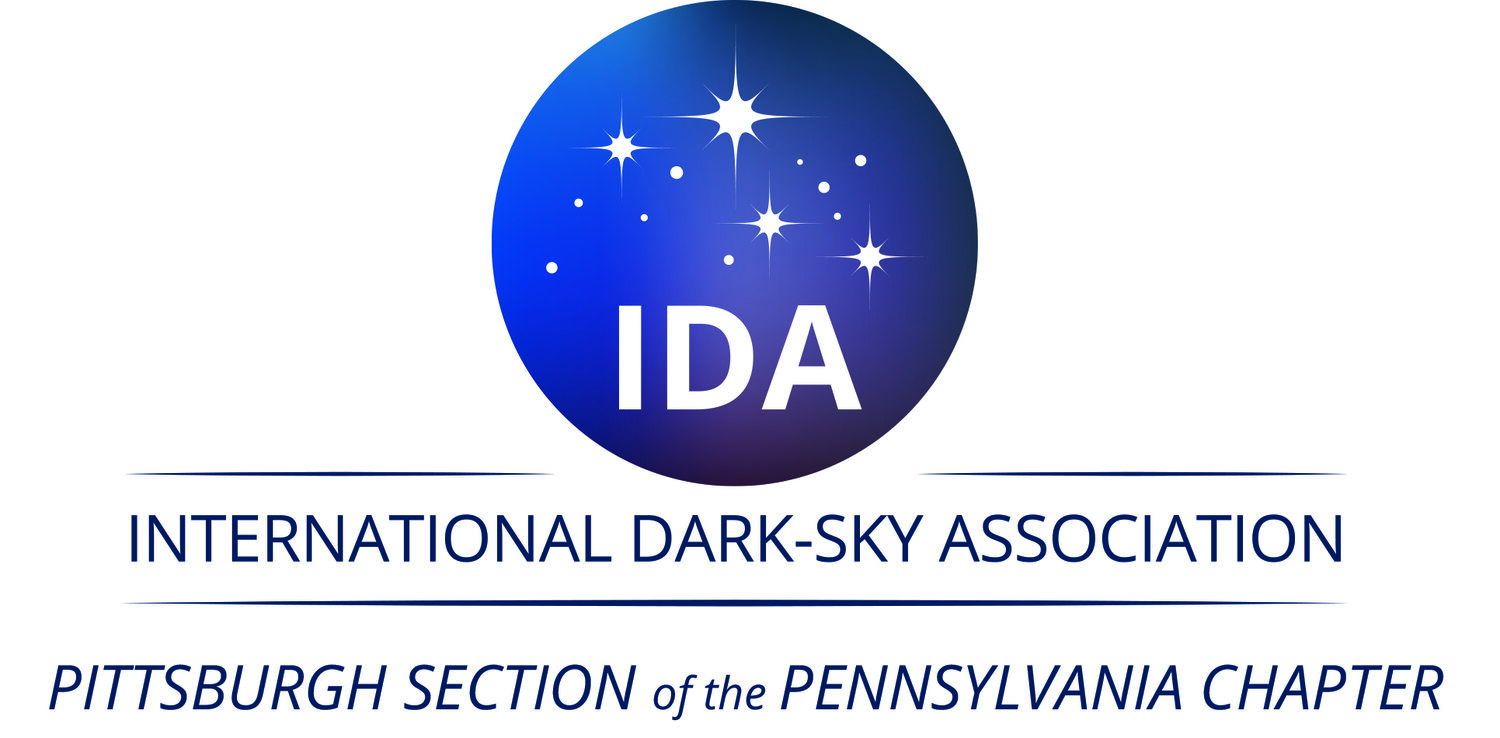Cat de Montjoye Interview
Art, Light Pollution, and the Universe
Don’t take things as they are.”
— Cat de Montjoye
By Rafael Guzman
Cat de Montjoye is the Marketing Manager at Duke Health and Well-Being. In addition, she is a self-taught artist who shows what cities would look like without light pollution. Find out more about Cat at her website: https://www.catdemontjoye.com
Over this past weekend, I had the pleasure of interviewing Cat de Montjoye about her work and her story. Coming into the interview, I hoped to expand my general knowledge regarding light pollution, but I was specifically hoping to learn about possible solutions to the problem. Another desire of mine was to learn what it was like to experience a star-filled sky, because I have never seen one in New York City or Pittsburgh, the cities where I have spent most of my life. Cat was able to help me out and expand my knowledge greatly through a 25-minute Zoom call in which she discussed various topics such as her history with astronomy and the work she is currently conducting.
Cat’s experience with astronomy began at four years old when her mother signed her up for an astronomy class. After this, there was a large stretch of time where astronomy was not a topic in her life. Cat then entered a university, located next to a planetarium that offered free observations of the night sky. This intrigued Cat and led her to a rural area, staying out very late to see the Milky Way, which she called a “spectacular experience,” and explained that it “takes you off guard.” Moving forward, she found out that the planetarium next to her university was doing an online sky show on YouTube and expressed that it was sad that one assumes you cannot see a sky full of stars in an urban environment. That was her wake-up moment, and the inspiration for her current work.
The Milky Way (and a star-filled sky) stretching across a mountain range.
Cat is a self-taught artist who works the theme of light pollution into her art. She shows what the world would be like without light pollution by visiting various places such as Moscow and Paris and depicting them with a sky full of stars. She explains that she learned about light pollution through art and that she tackles light pollution from an art angle. This angle is one that interests me and, as I was viewing her art, I understood the awareness that her art was able to raise because one was able to see what a city without light pollution would look like, and it would look breathtaking. Cat believes that her role in society as an artist is to be “a great agent for change in society,” and she does so through raising awareness about light pollution in the general public who view her art. She hopes that the problem of light pollution can be solved and is actively trying to help through her art.
A long-exposure of a wide street in a brightly-lit city. The car lights stretch across the road.
Cat had an important message to those who want to help prevent light pollution but are unsure how. The first two steps to prevent light pollution are to first question and then to educate yourself about the problem. Cat’s journey of depicting light pollution through art began with her questioning, “Why can’t I see the stars in the city?” which led to her educating herself on the problem. Cat also mentioned an important note to keep in mind: “Don’t take things as they are.” This is something I completely agree with because sometimes the hardest part of overcoming a problem is the starting step due to the idea that something is not possible or that one’s efforts alone won’t make a difference. Although it may seem that way one should not take things as they are if they want to see changes, so if people want to prevent light pollution and see a dark night sky more often, then they should act to help the change become a reality.
I am thankful to Cat for her time and for the work she is doing to spread awareness. I hope to see a dark night sky in the future, so I will do what I can to help prevent the problem.



